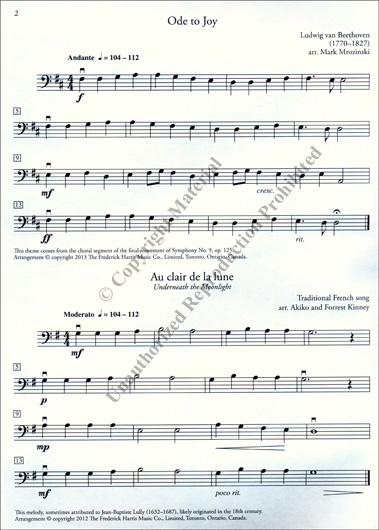
Sergei Rachmaninoff: Sonata _ Nikolai Miaskovsky: Sonata 1ĭmitri Schostacovich: Sonata _ Nikolai Roslavetz: Sonata 1įrancis Poulenc: Sonate (1948) _ Georges Enescu: 2nd Sonata (1948)

Max Reger: Sonata 1 _ Dora Pejacevic: Sonata Gabriel Fauré: Sonate 2 _ André Caplet: Improvisations d’après “Le pain quotidien” Gabriel Fauré: Sonate 1 _ Heitor Villa Lobos: Sonata 2 Gabriel Fauré: Elegy _ Josef Suk: Ballade Richard Strauss: Sonata _ Alexander von Zemlinsky: SonataĬamille Saint-Saëns: Sonate 1 _ Maurice Emmanuel: Sonate Op.2Ĭamille Saint-Saëns: Sonate 2 _ Jean Cras: SonateĬlaude Debussy: Sonate _ Charles Koechlin: Sonate Max Bruch: Kol Nidrei _ Franz Liszt: Lugubre GondolaĪntonin Dvorak: Rondo _ Ferruccio Busoni: Serenata 46įelix Mendelssohn: Lied ohne Worte _ Fanny Hensel: Zwei StückeĬesar Franck: (Violin) Sonata _ Gabriel Fauré: (Violin) Sonata 1 I have left out all pieces written for me or by my composer friends so that I could at least pretend to be objective, but obviously my heart beats for Henri Dutilleux, Betsy Jolas, Magnus Lindberg, Kaija Saariaho, Pascal Dusapin and many, many other friends of cello.įranz Schubert: Arpeggione Sonata _ Louise Farrenc: Sonata Op. I have listed the alternative composers usually only once but you should look at other pieces of Liszt, Busoni, Villa Lobos, Enescu, Ginastera, Zimmermann, Weinberg etc. What makes it difficult to complete this list is the fact that there are much more unknown masterpieces than well-known ones: against the maybe 15 reasonably well known Concertos, for example, one can easily find 200 unknown ones. I stopped playing the Schostacovich 1st Concerto for 34 years and I can’t describe how fresh it felt when I played it again. Imagine how great it would be to come back to the Schubert Arpeggione sonata after a ten year pause. I obviously don’t wish the well-known pieces to disappear from the concerts for ever but they could be given a little rest and the others be given a chance. If you are considering to play any of the following well-known pieces it would be a great idea to at least consider playing these lesser known pieces. For each piece you know there will be at least two logical alternatives of equal importance.

In planning programs today we are often asked to consider gender, geographic origin or other aspects so it is in our own interest to know as large a repertoire as possible. Why certain pieces have survived is probably because they survive performances that don’t understand the style, Why Boccherini for example existed for over a century only in few completely un-stylistic arrangements is because the greatness of his music is totally dependent on the performers understanding of the style. And the quality itself is totally dependent on who is the messenger, in the wrong hands most music will sound like bad music. Often the reasons have nothing to do with the quality of the music. It may have to do with style, gender, origin, problems of notation, lack of publisher, wrong publisher, fashion, lack of social skill, too keen self promotion or any combination of these. There are always multiple reasons for great music falling out of general attention. Orchestras don’t program much more than 10 Concertos and apart the Bach Suites there are maybe 5 pieces that make their way to concert programs.

While the list of pieces that appear in cello-piano recitals is incredibly short – same 10 pieces keep circulating in different order – we cellists actually have very large repertoire.


 0 kommentar(er)
0 kommentar(er)
